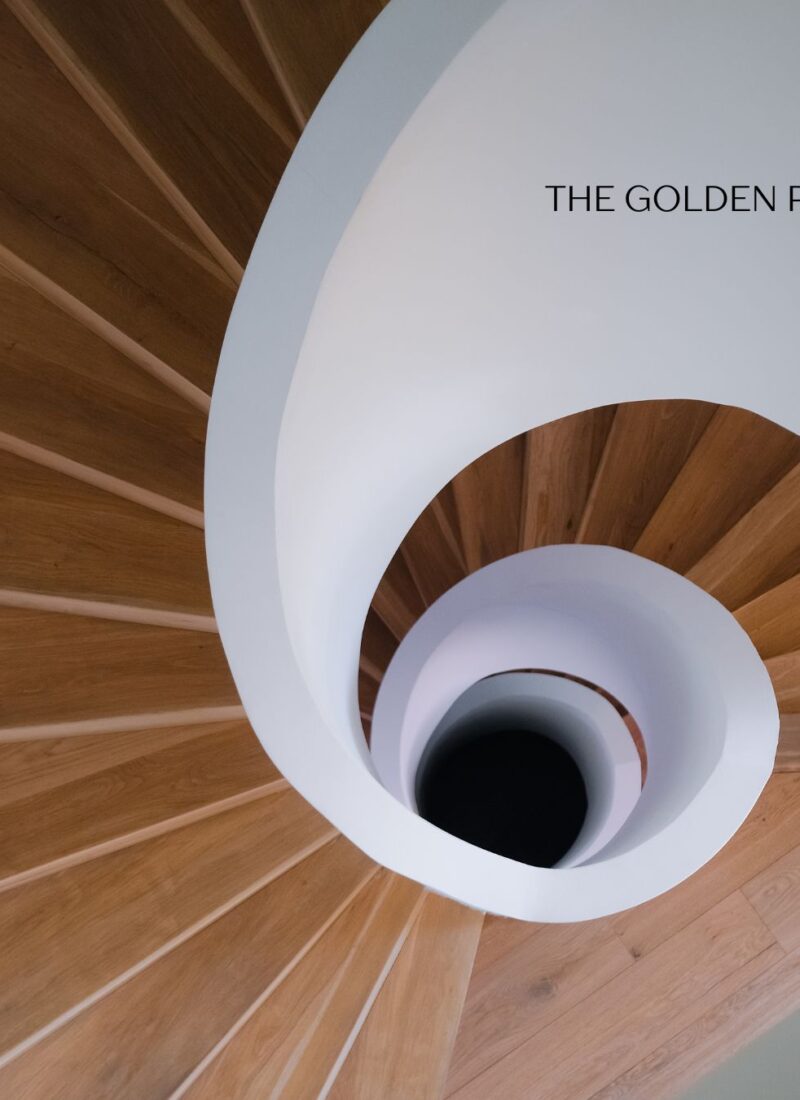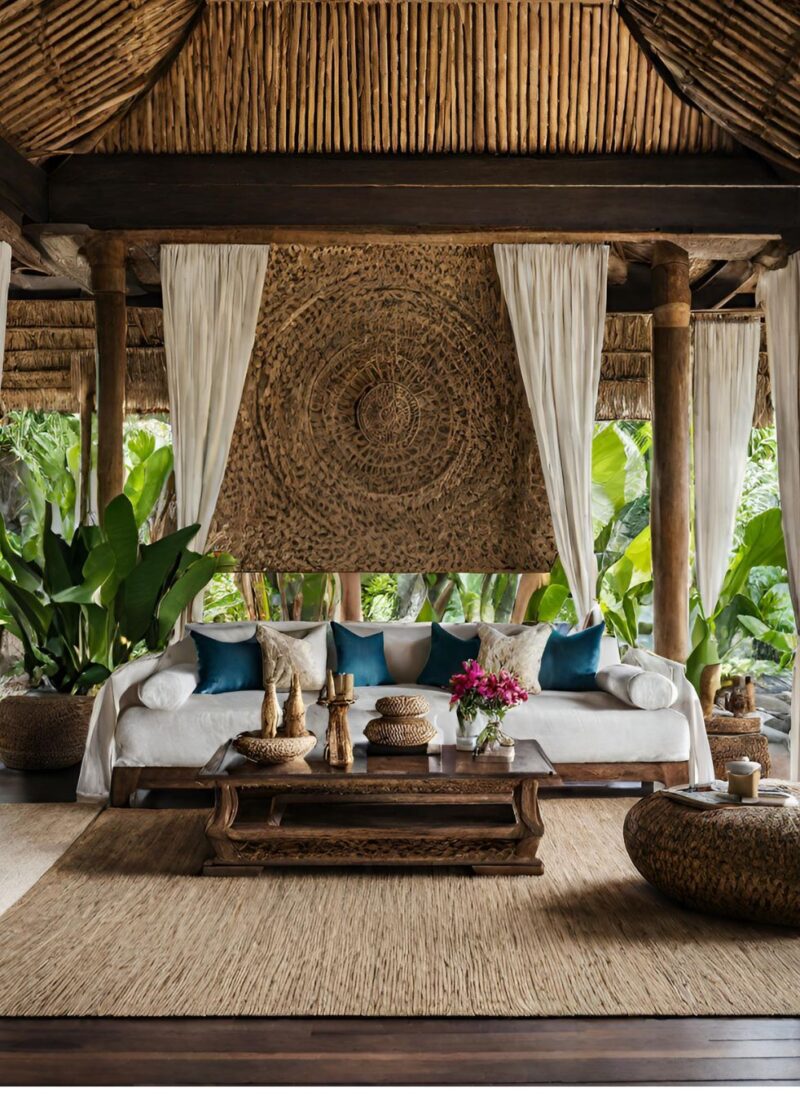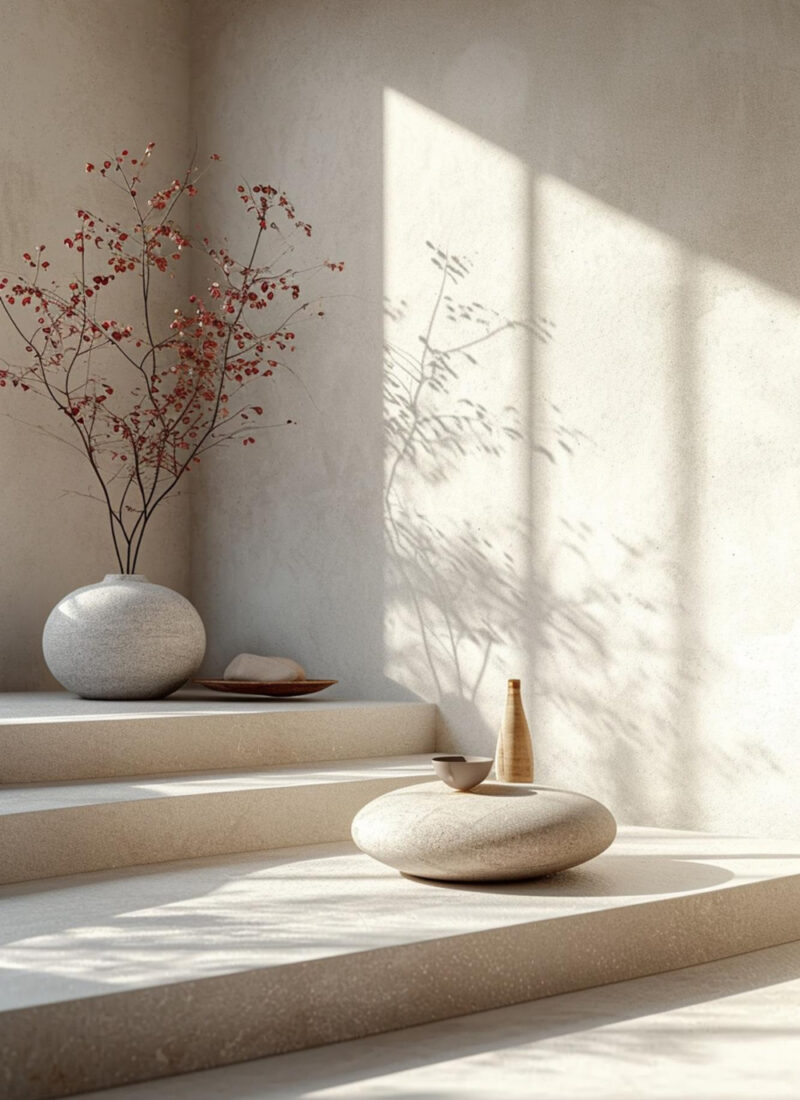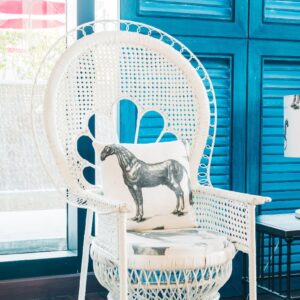Industrial Minimalist Design Ideas
Ever wonder if you can mix two schools of designs into one cohesive and distinct design? The minimalist and industrial designs have been gaining traction among designers nowadays. How can you combine these two to create a new theme that’s distinct and one-of-a-kind?
This article discusses what industrial minimalism is. It will also give you tips on how you incorporate these two designs for each room.
To better understand how you can use both designs at the same time, let’s try to identify how these two differ.
What Is the Industrial Design
As its name connotes, the industrial design is inspired by how warehouses and factories look like. It has a rugged feel that spells urban charm. The industrial design is non-apologetic and pretty straightforward. What others painstakingly try to hide, the industrial design openly shows it. This design heavily utilizes manufactured materials. The industrial design is characterized by:
- Raw concrete finish
- Exposed steek beans and pipes
- Concrete walls
- High ceilings
- Weathered wood
- Brick walls
The Role of Exposed Elements in Industrial Design
A hallmark of industrial interior design is the use of exposed elements such as pipes, ductwork, and brick walls. This rugged aesthetic, reminiscent of a loft or warehouse, brings a unique character to a minimalist home. Exposing these elements doesn’t mean forsaking elegance; it’s about embracing the beauty in the raw, unfinished look and blending it with sleek furnishing and décor.Choosing the Right Furniture for a Minimalist Industrial Look
Furniture selection is crucial in achieving an industrial minimalist vibe. Look for pieces with clean lines and exposed legs, typically crafted from metal, wood, or a combination of both. Furnishings should be functional yet aesthetically pleasing, complementing the overall theme without overcrowding the space.What Is the Minimalist Style
The minimalist style is about having less but defines more. Inspired by Japanese Zen, the idea behind the minimalist design is to create an uncluttered space that encourages breathable space. The minimalist style is defined by:
- Bare or earth-toned walls
- Minimal ornaments
- Versatile furniture
- Concrete or wooden floorings
Why Is Industrial Minimalist So Interesting?
It’s the yin and the yang with the neutral color scheme of the minimalist design juxtaposed with the dark shades of the industrial design. There is a raw appeal of manufactured materials that go with the industrial design but are balanced by the sleek and clean lines of the minimalist design. The unfinished look of the industrial design is balanced by the furnished appeal of the minimalist style.
The combination doesn’t restrict the designer as much as when the style is entirely done in minimalist aesthetics. On the contrary, there is more freedom and creativity when one combines industrial design with minimalist sentimentalities.
Photo by Camylla Battani on Unsplash
Of course, there is that appeal that the designed space becomes a one-of-a-kind room. There is a different level of luxury when you combine these two designs. It’s very unusual to see a combination of natural elements such as wood in the same amount of space as that of concrete, something that only industrial minimalism can achieve.
Industrial minimalism is a unique design combination because it takes on a different style. It still takes the understated sophistication of the minimalist look and, at the same time, takes on the chic, sober aura the industrial style evokes.
What Are the Characteristics of Industrial Minimalism
At a single glance, you’d think that the industrial and minimalist designs can never have anything in common. A closer look and you’d find out that these two designs have more similarities than differences.
One distinguishing similarity of the industrial and minimalist designs is the space becomes more organized. Both designs thrive well in clutter-free spaces. Both prioritize functionality. All furniture pieces are functional and not just for the eyes. They work well with dark and neutral colors.
Rough but smooth. Perhaps that’s the easiest way to describe industrial minimalism. It still follows the clean lines of the minimalist movement but is mixed with the rough edges of the industrial concept. For example, the brick wall texture is matched with subway tiles and glass windows.
What Are the Elements of Industrial Minimalism
More often, you can find a light, airy and neutral color scheme of the minimalist design combined with the dark, enchanting shades of the industrial design principle.
Metal Accents
To cut the monotony of the minimalist design, metal accents can be added to the space. Add a metal frame to doors. You can also include metal chandeliers in dark colors. In fact, such chandeliers can become the focal point of the room.
Photo by Aaron Huber on Unsplash
Staircases can be done in wood but with metal railings. Such a combination exudes classic sophistication. You can also break the monotony by adding metal pendant lights as well as metal stools and chairs.
Raw Ceiling
Ceilings have an outright raw feel done in a stark white or rough texture. You can either go the minimalist way or the industrial feel. Most often than not, there are exposed pipes and wires to which the lighting fixtures are attached. The pipes, albeit thin, create a linear effect that enhance the design of the ceilings.
Lighting Fixtures
The raw feel of the ceilings are further supplemented by the edgy track lights as lighting fixtures. Hardly you’d find LED lights donning the ceiling. Rather, it’s better that you include linear track lines with several spotlights tucked in a row, which can accentuate textured or accent walls. These types of spotlights create an ambient lighting without the need for heavy ornamentation on your ceilings.
Walls
Often, you’d find cement slabs and exposed bricks as wall accents. A sleeker look can also include subway tiles held together at four corners by metals studs. There is a different kind of allure that an unfinished concrete wall brings. Also, diminish the coldness of concrete by combining it with warm wood. You can add warm wood wall panels to contrast the harsh concrete walls.
Photo by Drew Coffman on Unsplash
Your outer walls should be white. To be more cohesive, add concrete fixtures on these walls.
If you want to go the minimalist route, you can opt to have stark white walls. Should you do so, make sure that the walls are devoid of any decor. This is to highlight the whiteness of the wall as well as the wooden furniture you might have.
Flooring
You can choose from three types of floor finishes. Wood is the most expected choice. You can opt for a simple design or a more intricate one, such as the herringbone. Both styles are best paired with white walls. Balance this off with distressed walls.
Photo by Adam Winger on Unsplash
You can also pick tiles but make sure these are in neutral colors. Pair this with embellished walls and ceilings. Lastly, you can choose to have unfinished concrete floors. Combine this with stark white wall to balance the entire room.
Plants
Plants add a level of life to the room. An industrial minimalist room can look dreary without a splash of color brought by indoor plants. Choose darker colored plants as opposed to plants with too bright leaves or flowers. A planter strategically placed in a corner can enliven the entire room. Experiment with plants with different shades of green to suit your aesthetics.
Recent Post: What Is Greek Chic Interior DesignAccessories
One might think that with the minimalist ideologies, one is deterred from adding smaller elements to the design space. On the contrary, you are allowed to add elements here and there. The caveat here, though, is that you must be keen on what to add so as not to allow one design to overshadow another. Also, note that each element you add should have a function.
You can add light fixtures and mirrors to the room. Bookcases can be added too. Similarly, a sleek floor lamp can be added as a lighting fixture that’s an ode to the minimalist design.
Your heigh-ceiling bathroom can become a haven for comfort warmth if you add mosaic tiles on one wall, creating the accent. Balance this out with a wood slat shower floor and master gray tiles and quartz countertops.
Bare Windows and Skylights
More often, windows in the industrial minimalist style is expansive and devoid of embellishments. Hardly you’d find drapes and curtains in these windows. Most have warehouse-like features, often done in black finish. The frames are often slender and do not disrupt the view from the outside. The wide windows and frame are clearly from the industrial design and the letting of more light into the room are reminiscent of the minimalist style.
Neutral-Colored Furniture
With all the contradictions provided by other design elements in the room, furniture should be in neutral colors. Clean lines still dominate the furniture shapes and sizes. Your furniture must be in natural wood colors. Have it in distressed finish to incorporate industrial design.
Distressed Wood Accents
Wood is always present in the industrialist design. There are more than one way to apply distressed wood to your living space. You can add this as the frame to your tall mirror. This can be a coffee table accent piece or a built-in cabinet for your clothes. More often, you can find distressed wood as flooring too.
Subway Tiles as Accents
To create a multiplicity of textures, you can add subway tiles as accents to your unfinished wall. You can use this as the backsplash for your kitchen as well.
Photo by carolyn christine on Unsplash
Exposed Brick
If there is one element that could describe the industrial design, that would be the exposed brick. You can opt to cover the entire walls with the real deal, or you can have the laminate. Others have decorated their rooms with wallpaper in exposed brick design.
Incorporating Metal Accents and Fixtures
Metal is a quintessential material in industrial design. From stainless steel countertops in the kitchen to copper lighting fixtures, metal accents bring a touch of industrial flair. These elements should be versatile enough to complement pieces you already own, ensuring a cohesive look.To End
There are more ways than one to decorate your home in industrial minimalism. You can design your space in minimalist style and add elements of industrial designs here and there. Do you need help with your interior design? Give us a call, and our professional team can assess your needs.
- Industrial minimalism combines the rugged beauty of industrial elements with the simplicity of minimalist design.
- Exposed structural elements are key in industrial design, adding character and uniqueness.
- Furniture in industrial minimalism should be both functional and aesthetically pleasing.
- Metal accents and fixtures add an essential industrial touch.
- Lighting is crucial in creating the right ambiance in industrial minimalist spaces.
- A balanced colour palette ensures the space is both inviting and stylish.




